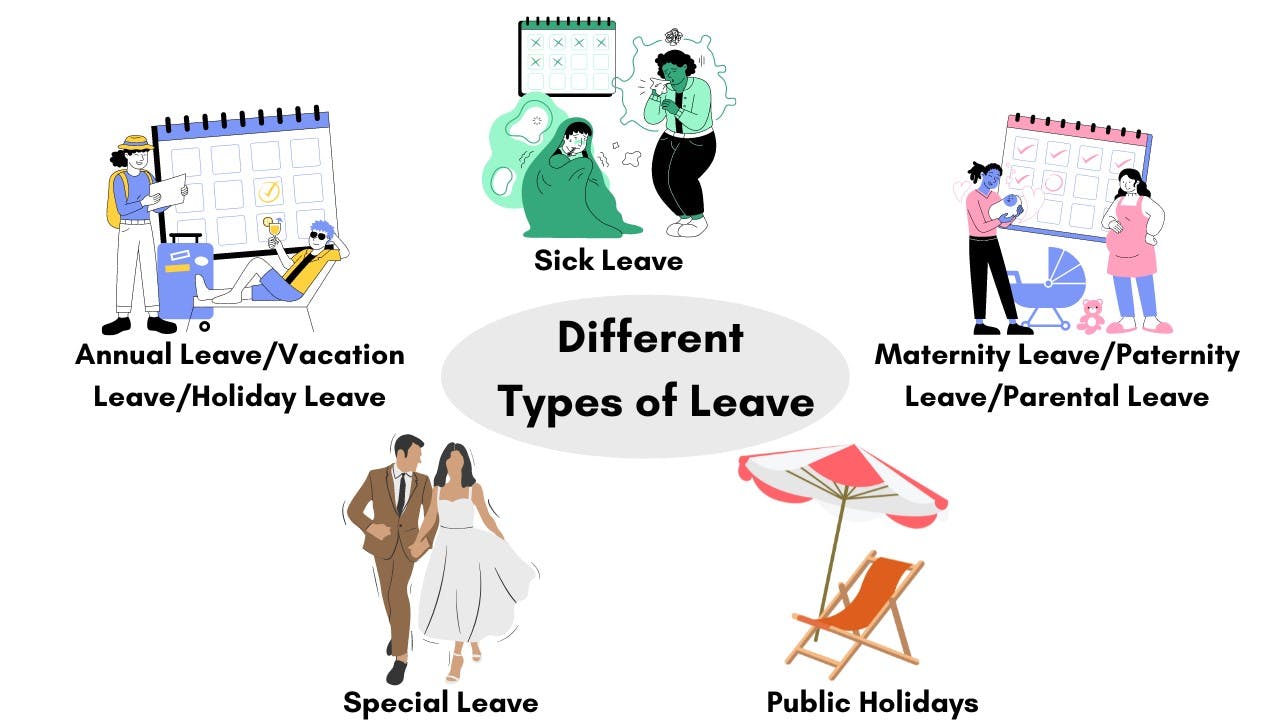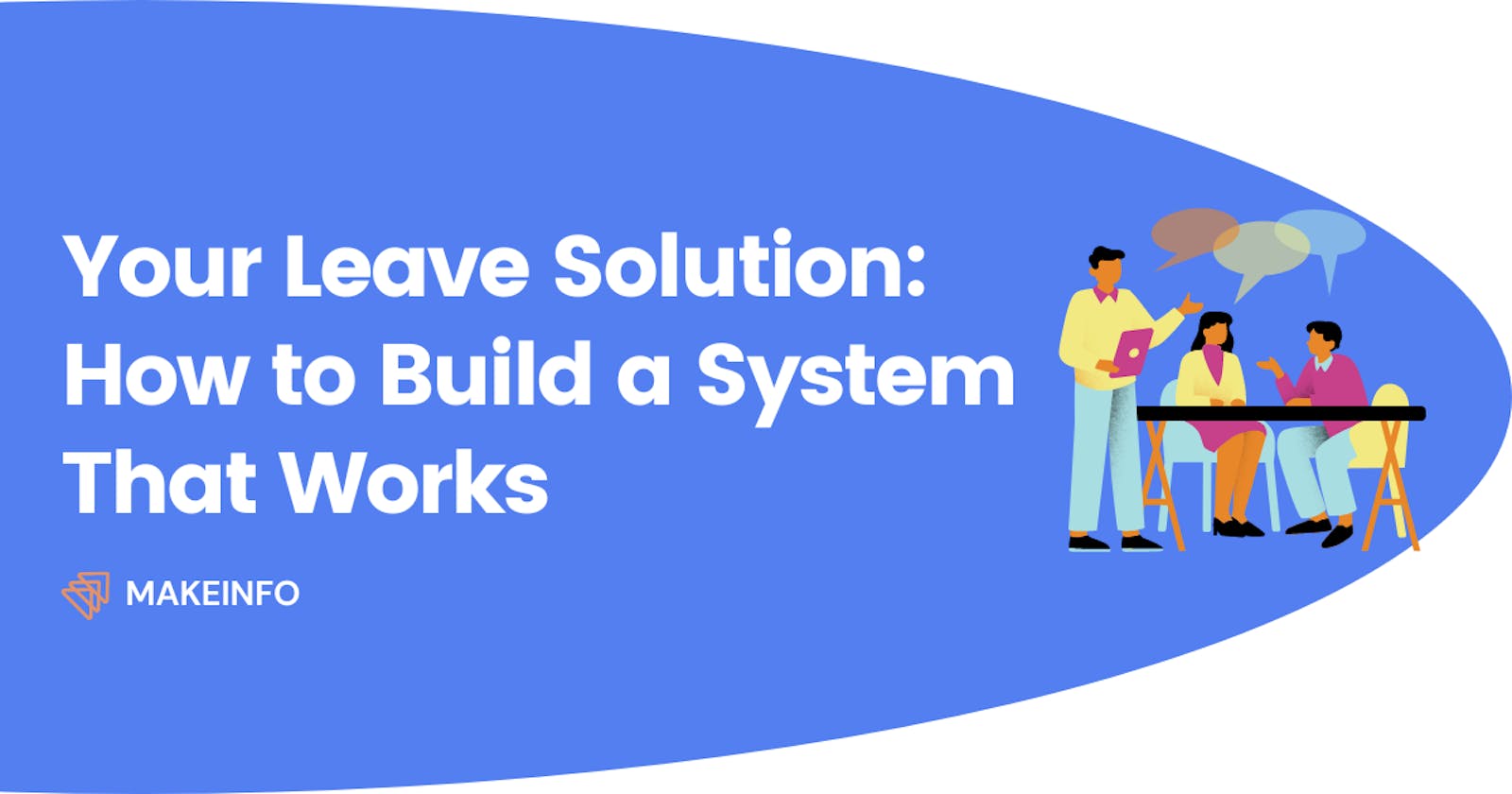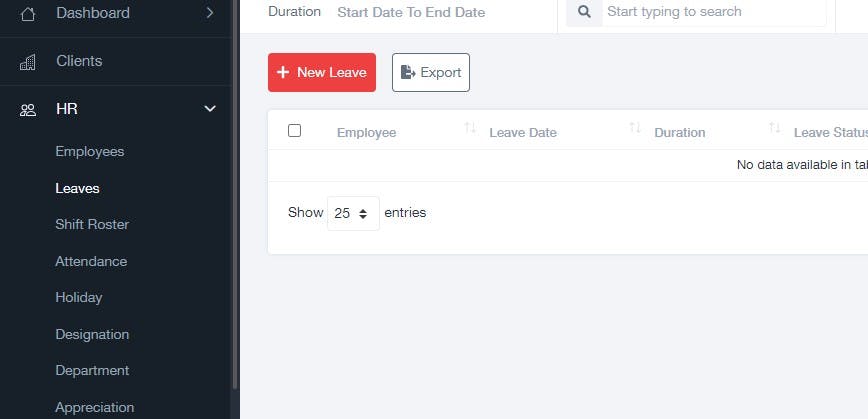By implementing a well-structured leave management system, companies can strike a balance between the needs of their employees and the demands of business operations.
In any organization, employees require time off for various reasons, such as personal commitments, illness, family emergencies, or vacations.
An effective leave management system goes beyond simply approving time off; it entails strategic planning, meticulous tracking, and diligent monitoring of absences, all while ensuring compliance with company policies and employment regulations.
Challenges Faced in Manual employee leave management
Manual leave management involves a lot of paperwork, including leave request forms, approval signatures, and physical record-keeping.
Relying on manual data entry increases the risk of errors in recording leave balances, calculating leave days, and processing leave requests.
The manual management of leave requests consumes a considerable portion of HR personnel's time, limiting their ability to concentrate on more strategic HR tasks.
Providing real-time visibility into leave balances and request statuses for employees and managers can be challenging with a manual system.
The absence of a centralized leave management system makes it difficult to detect potential leave conflicts among employees, potentially resulting in staffing issues during peak periods or critical projects.
It may be more susceptible to leave abuse and fraud, as it can be easier for employees to manipulate or forge leave request forms and records.
Physical records of leave requests and approvals can be prone to misplacement or loss, making it challenging to retrieve historical leave data when needed.
Employee dissatisfaction, impacting morale and overall productivity, can result from leave management inefficiencies.
Different Types of Leave in Different Countries

The types of leave available and the specific rules governing them can vary significantly from one country to another. Here are some common types of leave that are typically offered in different countries:
Annual Leave/Vacation Leave/Holiday Leave
This type of leave provides paid time off for employees to take a break from work and enjoy leisure time.
The number of annual leave days varies from country to country, and it often increases with an employee's years of service
Sick Leave
Sick leave allows employees to take time off when they are ill or injured.
The number of sick days provided may be a fixed amount or may increase with tenure.
Maternity Leave/Paternity Leave/Parental Leave
Maternity leave is available to expectant mothers, allowing them to take time off before and after giving birth.
Paternity leave is for fathers to spend time with their newborn child.
Parental leave is a more inclusive term that may cover both mothers and fathers.
Public Holidays
There are specific days designated by the government to celebrate national or cultural events.
Depending on the country, these holidays may be paid or unpaid.
Special Leave
- Some countries offer special leave for unique circumstances such as marriage, relocation, jury duty, or military service.
If you're interested, we've recently launched a business management application, WorkConnect360 for small to medium businesses that can handle employee leave management and many more. This application is launched after some learnings from the Employee Payroll Google Sheet template
It's free for 5 people.
Benefits of using software like WorkConnect360
WorkConnect360 offers several benefits for both employees and employers.
Here are some of the advantages:
Provides analytics and reporting features.
Employees can easily view their leave balances, upcoming leave schedule, and past leave history, ensuring transparency and empowering them to plan their time off effectively.
The self-service option allows individuals to request leave and track its status independently, eliminating the need for HR personnel involvement.
Better management and visibility of leave balances can help reduce unexpected or excessive employee absenteeism, leading to improved productivity and work continuity.
Employees can easily request leave directly, and managers can efficiently approve or deny requests with just a few clicks.
By tracking all types of leaves, such as vacation days, sick days, paid time off, and other leave categories, the software ensures accurate and transparent leave balance information for both employees and employers.

